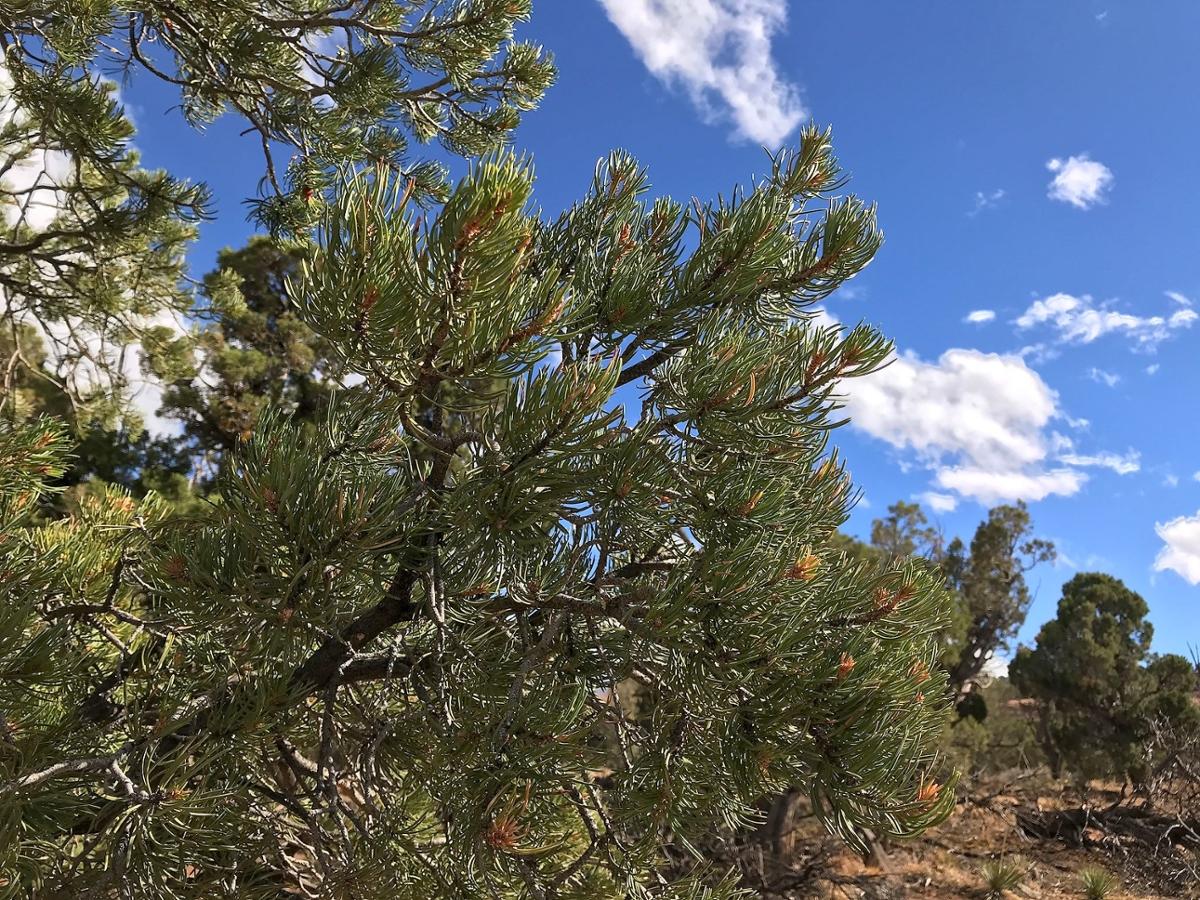With climate change, stronger droughts are challenging the world’s forests, meaning species’ niches, or environmental requirements, aren’t matching up with the environment they live in. But what if forest trees could expand their niches by farming gardens of drought tolerance, where instead of food they grow tiny helpers?
It turns out, pinyon pine trees may do just that. These trees have two distinct varieties - one that’s drought-tolerant, and one that isn’t. Both varieties live with microscopic fungi in the soil, but the particular species of fungi differ. What are these different fungi doing for the trees? And are they in charge of their own fate, or are they being “farmed” by their tree hosts?
To find out, researchers grew both tree varieties with their soil fungi during drought, and found that drought-tolerant trees grew larger than intolerant trees, as expected. But, when the trees were grown without their soil fungi, suddenly the drought-tolerant trees were smaller, a smoking gun connecting these fungi to the drought tolerance of the trees.
What’s more, the researchers found that no matter which species of fungi the trees were planted in to begin with, the fungi ended up looking just like the ones found in nature. Somehow the trees were in control of their soil fungi, much like a farmer is in control of the crops he grows in his field.
For pinyon pines, soil fungi can expand this tree’s niche into drier environments. But by farming the specific fungi they need, the trees in a way construct their own niche.










